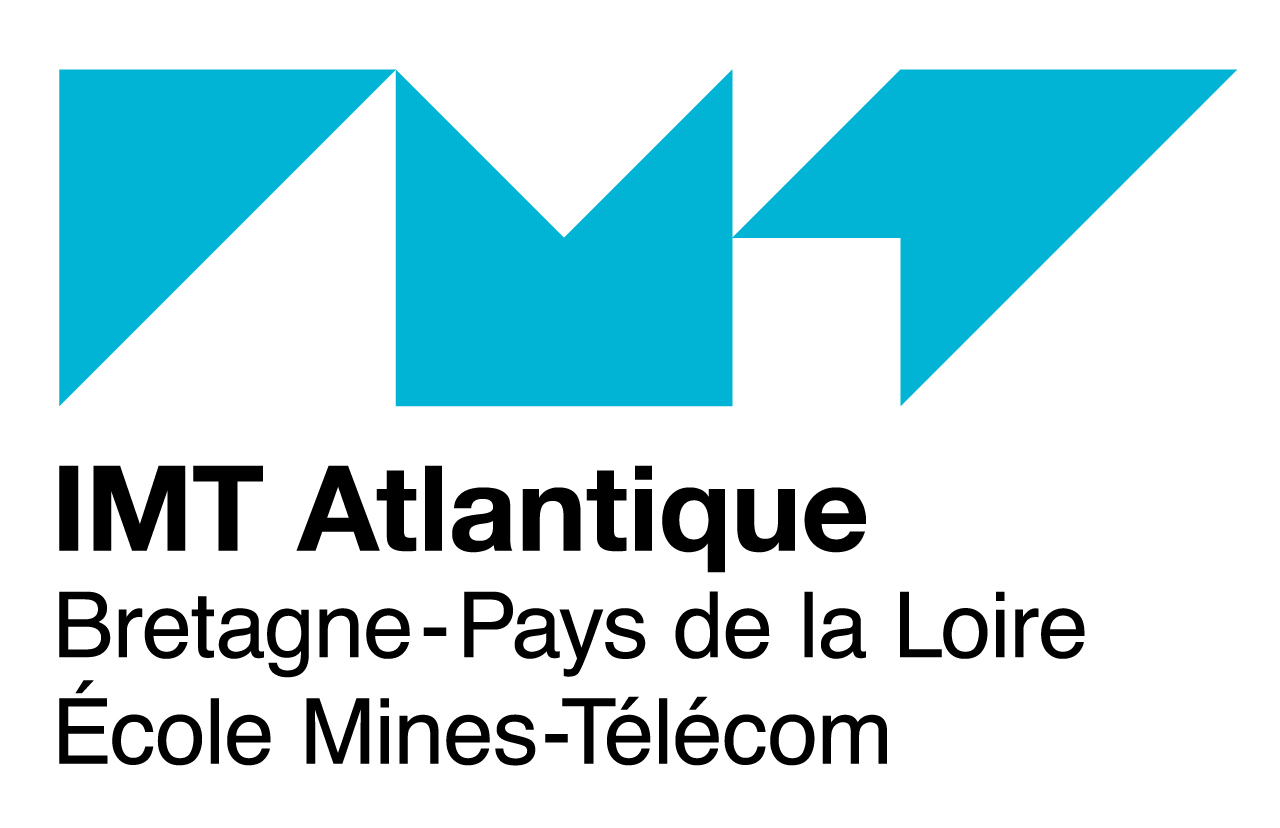

|
|
|
Main menu
HELP
|
Grapholinguistics in the 21st century—From graphemes to knowledge G21C (Grapholinguistics in the 21st Century, also called /gʁafematik/) is a biennial conference bringing together disciplines concerned with grapholinguistics and more generally the study of writing systems and their representation in written communication. The conference aims to reflect on the current state of research in the area, and on the role that writing and writing systems play in neighboring disciplines like computer science and information technology, communication, typography, psychology, and pedagogy. In particular it aims to study the effect of the growing importance of Unicode with regard to the future of reading and writing in human societies. Reflecting the richness of perspectives on writing systems, G21C is actively interdisciplinary, and welcomes proposals from researchers from the fields of computer science and information technology, linguistics, communication, pedagogy, psychology, history, and the social sciences. The Grapholinguistics in the 21st Century Conference is kindly endorsed by ACL (Association for Computational Linguistics) and by ATypI (Association Typographique Internationale). The first edition of G21C was held in Brest, France, on June 14-15, 2018 and the second edition was held online on June 17-19, 2020. Sponsorized by IMT Atlantique and LabSTICC CNRS laboratory (UMR 6285) PROGRAM June 8th, 2022
June 9th, 2022
June 10th, 2022
Organizer Yannis Haralambous, IMT Atlantique & CNRS Lab-STICC, Brest, France Location The conference will be held in hybrid mode: participants will be able to present and interact in videoconference mode (Zoom) or to assist physically, if sanitary conditions allow it. The physical location will be: Thévenin Amphitheater, Télécom Paris, 19 place Marguerite Perey, 91120 Palaiseau, France. Access Information Important dates Submission deadline: January 10th 20th 26th, 2022 https://grafematik2022.sciencesconf.org Best Paper Award After the end of the conference, participants will vote online for the best presentation (keynote speeches and poster are excluded). The presentation with the most votes will receive the Best Paper Award of the Grapholinguistics in the 21st Century Conference 2022. Instructions for voting are sent by email to registered participants. Registration Fee
To register, please click on "Registration". in cas you already have a sciencesconf.org account please use your credentials to enter. Otherwise please fill in your personal data in the form that will be displayed. Besides your personal data, we will need the following:
Proceedings The Proceedings will be published by Fluxus Editions publishing house (Brest, France) as a volume of the Grapholinguistics and Its Applications Series. Articles in the Proceedings can be 12-60 pages long (LaTeX article style) and can be written in English, French or German. Instructions can be found here. The submission deadline is October 3rd, 2022. |






